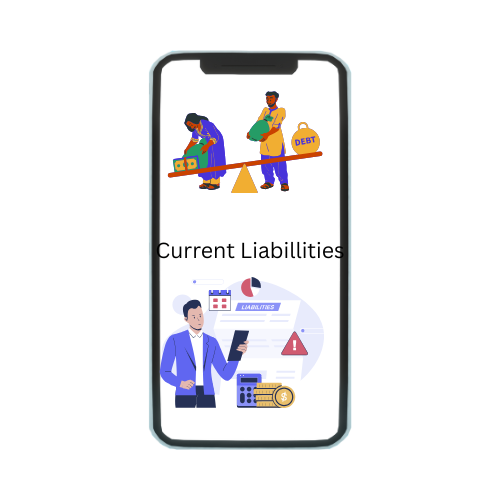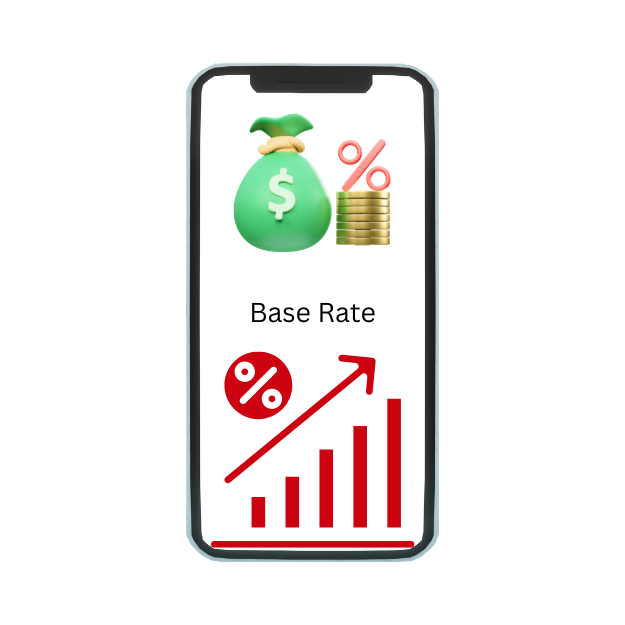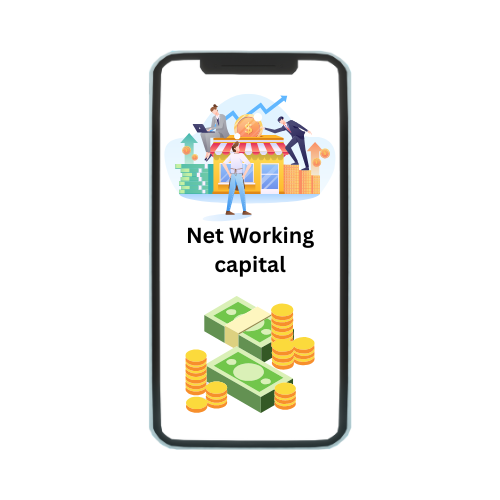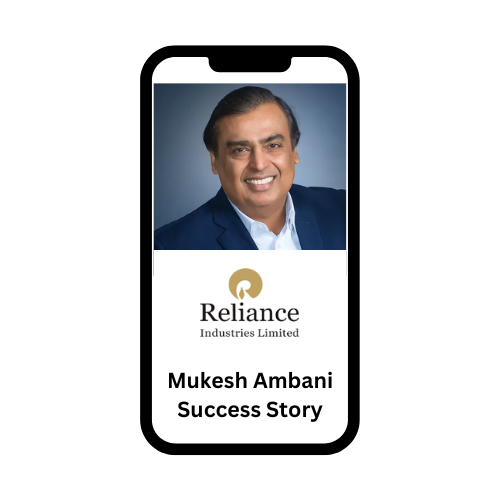Inflation accelerated to five month high of 7.41% in September from 7%. Is RBI failing to combat Cost pulls? Let’s first understand Inflation and its impacts on India.
Inflation in India
- Inflation is a crucial factor which determines a country’s purchasing power. In other words, it is the measure that causes price rise in the goods and services over a period of time and the buyers start feeling the pinch about the same.
- For example you have purchased an essential item for Rs 500 but the same has become costly let’s say Rs 1000. So here you might rethink of buying the same product again or would find replacement for the same. This price rise is linked to various factors which creates an instability in consumption. This situation is called Inflation.
- Economist suggest that controlling price rise that’s moderate to drive consumption creates a baseline in the economy. However higher inflation indicates that economy is in to trouble. So you might be thinking low inflation is good for the economy? No, that’s not the case! That situation is called Deflation which is equally worrisome.
- RBI had published the minutes of Monetary Policy Committee meeting on September 28th The minutes suggested that opinions are beginning to diverge within MPC for finding a best way forward for monetary policy interventions.
- The annual inflation increased to a five month high of 7.41% in September 2022 from 7% in August 2022, which was above market forecast 7.3%
- Prices of food increased drastically and erratic rainfall impacted all local crops. Also Russia Ukraine War has hit supply chain. Not only that, but also it has effected transportation and communication, health and education sector also.
- The Central Bank is cautious about the rising prices despite all corrective actions. We have seen a rate hike of 140 basis points indicating the uncertainties.
How is Inflation Calculated?
- There are two indices that are used to measure inflation in India — the consumer price index (CPI) and the wholesale price index (WPI). These two measure inflation on a monthly basis taking into account different approaches to calculate the change in prices of goods and services.
- The study helps the government and the Reserve Bank of India to understand the price change in the market and thus keep a tab on inflation.
- The CPI, which refers to the Consumer Price Index, analyzes the retail inflation of goods and services in the economy across 260 commodities. The data is collected separately by the Ministry of Statistics and Program Implementation and the Ministry of Labour.
- The WPI, which refers to the Wholesale Price Index, analyzes the inflation of only goods across 697 commodities. The WPI-based wholesale inflation considers the change in prices at which consumers buy goods at a wholesale price or in bulk from factory, mandis.
So what is causing the Price Rise?
- Crude Oil Prices
The high inflation is primarily due to rise in prices of crude oil, petroleum, and natural gas, mineral oil, basic metals owing to disruption in the global supply chain caused by Russia Ukraine Conflict. The rate of price rise in fuel and light category in the retail inflation basket has quickened to 10.80%.
- Russia Ukraine war
The war in Ukraine and the associated problems through higher prices of crude oil are a significant contributor. The recent spike in inflation was due to rising prices of crude oil and other commodities due to disruption in the global supply chain in the wake of the Russia-Ukraine war.
- Rising prices of essential food items
The retail inflation rose mainly on account of rising prices of essential food items like oils and fats, vegetables, meat and fish. This was due to the geopolitical crisis resulting from Russia-Ukraine war which has pushed edible oil prices higher.
How to Beat Price Rise?
- The government, in the past, has announced a series of measures to ease cost rise like — cut the excise duty on petrol and diesel, reduce import duty on key raw materials and crude edible oils.
- On the other hand, one way the RBI tries to control inflation is by increasing the repo rate in order to control and supply and demand of goods and services. Simultaneously, the increase in repo rates compels banks to increase interest rates on loans and deposit rates.
- Hence, it is important to ensure that you’re financially disciplined, not just about your spending and buying habits but about your savings and investments too.
- Choosing the right investment instrument is the one way to remain financially safe, which not only suits your personal finance needs given the risk you are willing to take, but also allows your savings to grow enough to beat inflation.
What is India doing to Combat Inflation?
To bring down the prices, the government has taken the following steps:
- The government announced an excise tax cut of Rs. 8 per litre on petrol and Rs 6 per litre on diesel. The government will bear a shortfall of Rs 1 lakh crore due to the excise duty cut on petrol and diesel.
- Taking a cue from Centre. Three states – Kerala, Rajasthan and Maharashtra – also announced reduction in state taxes. The reduction in pump prices of petrol and diesel will bring down the logistics cost for the industry.
- The government also reduced the import duty on key raw materials and inputs for the steel and plastic industry.
- The government has levied export duty on some steel products and raised it on iron ore and concentrates. Together with the import duty cut, the price of steel will come down.
- During the current and next financial year, the government has permitted duty-free imports of 20 lakh tonnes of crude soya bean and crude sunflower oil.
- Under the Ujjwala Yojana, the government has also granted Rs 200 per cylinder subsidy. This will benefit around nine crore beneficiaries.
- The government set a limit of 100 lakh tonnes on sugar exports to ensure that there is adequate stock when the sugar season begins in October to cover three months’ worth of consumption.
- The Centre has also regulated sugar exports to maintain adequate stocks in the country. From June 1, only 10 million tonnes of sugar can be exported in the current marketing year which ends in September.
- India slapped a ban on wheat exports to maintain food security and cool prices. Over and above Rs 1 lakh crore budgeted for the current fiscal, the government will provide an additional fertiliser subsidy of Rs 1.1 lakh crore to farmers.
Conclusion
- India’s retail inflation basket needs to be revised to improve the efficacy of monetary policy.
- Higher the weightage of food in overall CPI, the more cumbersome it will be for monetary policy to contain inflation




